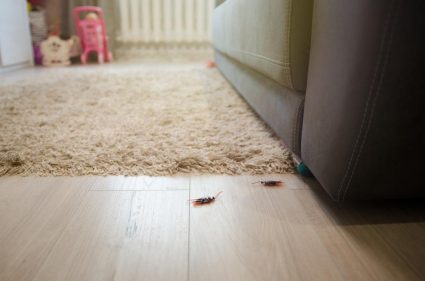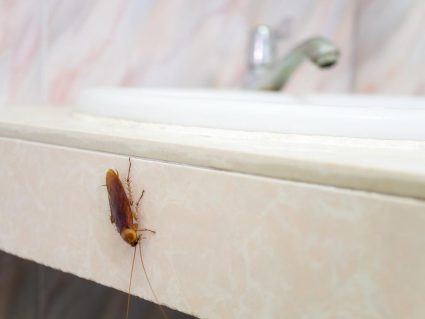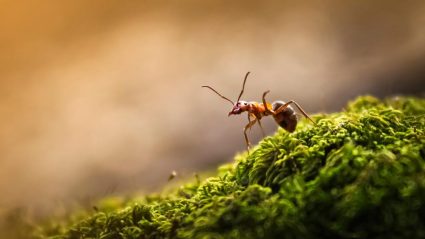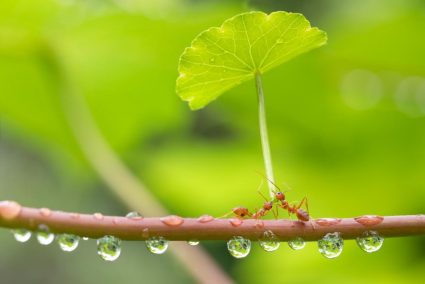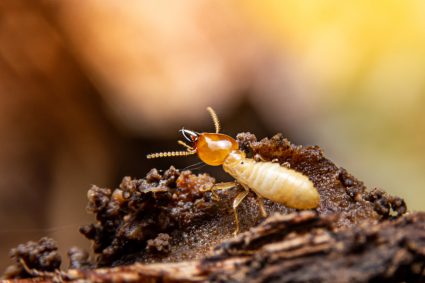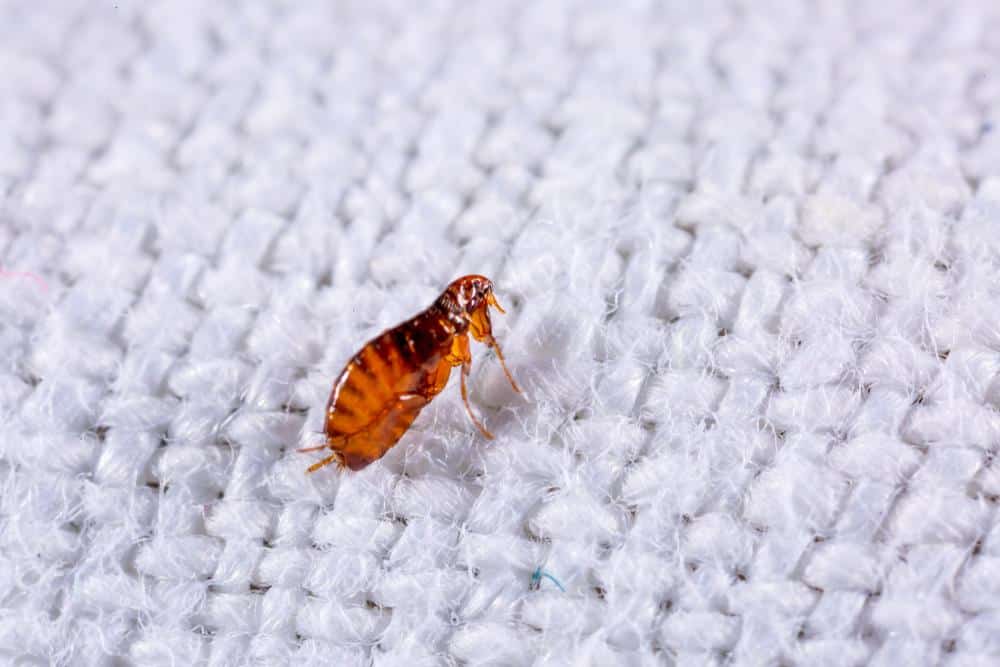
Sand fleas, or beach hoppers as they are often called, are fascinating creatures that can be found on sandy beaches near the high-tide mark. Despite their name, they are not actually fleas or insects. They are small crustaceans belonging to the order Amphipoda. When it comes to breathing, these tiny creatures have developed a unique and efficient mechanism that allows them to thrive in their specific habitats. In this article, we will delve deep into understanding exactly how sand fleas breathe and how their respiratory system contributes to their survival and reproduction.
Sand fleas, which are small crustaceans, breathe through gills that must be kept moist for oxygen diffusion. They prevent sand from entering their respiratory system by closing their spiracles. These creatures are well-adapted to their sandy habitats, burrowing beneath the sand during the day to maintain moisture around their gills and occasionally entering the ocean to re-wet their gill cavities. They require high humidity for respiration and are most active at night.
Biological Classification of Sand Fleas
Sand fleas belong to the following biological classification:
- Kingdom: Animalia
- Phylum: Arthropoda
- Class: Malacostraca
- Order: Amphipoda
- Family: Talitridae
This classification highlights that sand fleas are crustaceans, not insects, which is a common misconception.
Breathing Mechanism of Sand Fleas
Sand fleas breathe through gills, which must be kept moist to facilitate the diffusion of oxygen. To prevent sand from entering their respiratory system, sand fleas can close their spiracles. These gills require oxygenated water to function properly.
In the case of talitrid amphipod crustaceans, their gills function almost like lungs. They only enter the ocean occasionally to re-wet their gill cavities, as they would drown if submerged in seawater for too long. Sand fleas are well-adapted to living in the high intertidal zone, where they can burrow beneath the sand and create small colonies at the swash-zone.
Adaptations for Breathing
Sand fleas have several adaptations for breathing in their sandy habitat. They are most active at night and stay buried in the sand during the day to maintain moisture around their gills. To prevent sand from entering their respiratory system, sand fleas can close their spiracles. They are also well-adapted to the changing tidal conditions in their intertidal habitat, adjusting their behavior to coincide with the ebb and flow of tides, ensuring that they are submerged in water to avoid desiccation during low tide.
Size and Structure
The size and structure of sand fleas play a crucial role in their breathing mechanism. They typically measure between ½ inch and 1 inch long, with females being larger than males. They have a barrel-shaped body and a hard exoskeleton, which provides protection. Their small size and exoskeleton protect their gills and help maintain the necessary moisture for oxygen diffusion.
Environmental Factors
Environmental factors such as temperature, humidity, and air quality can affect the breathing and survival of sand fleas. They typically live 2-5 cm below the sand, where the temperature is not too hot for their larvae to develop, and there is enough oxygen for their survival. They require high humidity (at least 70%) for respiration.
Survival and Reproduction
Their ability to breathe through gills and their unique reproductive strategy help sand fleas survive and reproduce in their sandy coastal habitats. The adult female sand flea burrows into the skin of a host, typically in the feet, and grows 2000 times in size as eggs develop. The tiny opening in the skin is needed for copulation with male sand fleas, breathing, defecation, and expelling eggs.
Misconceptions and Little-Known Facts
Despite their name, sand fleas are not actually fleas or insects. They are small crustaceans belonging to the Amphipod order. They breathe through gills, which must be kept moist to facilitate the diffusion of oxygen. Sand fleas have a waterproof carapace that covers their gills. This membrane helps keep them moist and provides the necessary oxygen exchange for their survival. They require high humidity for respiration, as their gills need to be moist for oxygen exchange.
In conclusion, sand fleas have a unique and complex breathing mechanism that allows them to thrive in their specific habitats. Understanding this mechanism not only gives us insight into these fascinating creatures but also helps us appreciate the intricate ways in which life adapts to different environments.
Frequently Asked Questions
What are the predators of sand fleas?
Sand fleas have numerous predators including birds, fish, and other larger crustaceans. They are a significant part of the food chain in the ecosystems they inhabit.
Are Sand Fleas harmful to humans?
While sand fleas are not typically dangerous to humans, they can bite and cause minor irritation or itching. In some cases, the female sand flea may burrow into the skin to lay eggs, causing a condition known as tungiasis, which can be painful but is usually not serious if treated correctly.
What do Sand Fleas eat?
Sand fleas are omnivorous, feeding on organic debris, small invertebrates, algae, and dead or decaying plant and animal material.
How long do Sand Fleas live?
The lifespan of a sand flea can vary depending on the species and environmental conditions, but it typically ranges from one to two years.
Can Sand Fleas survive in freshwater?
No, sand fleas are marine creatures and cannot survive in freshwater environments. They require a salty or brackish environment to thrive.

